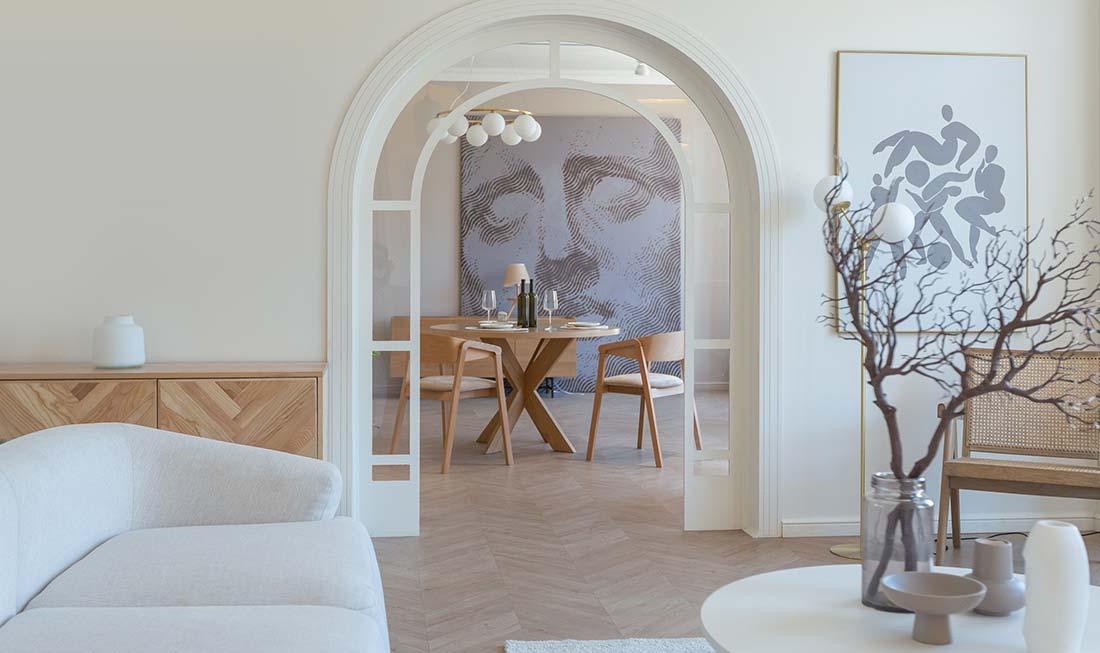Arch Building
There are several ways in which architectural features like arches can contribute to overall well-being.
Natural Light and Ventilation: Arched windows and openings can allow for more natural light and better ventilation within a building. Increased exposure to natural light has been associated with improved mood, productivity, and overall health. Additionally, better ventilation helps maintain indoor air quality, reducing the risk of respiratory issues and promoting a healthier indoor environment.
Stress Reduction: Architectural elements like arches can enhance the aesthetics of a space, creating a visually appealing and calming environment. Studies have shown that exposure to visually pleasing environments can help reduce stress levels and promote relaxation, which can have positive effects on mental and emotional well-being.
Connection to Nature: Arched openings and windows can frame views of the surrounding natural environment, providing occupants with a connection to nature. Research has demonstrated that access to natural views and green spaces can have therapeutic effects, including reduced stress, improved cognitive function, and faster recovery from illness or surgery.
Cultural and Psychological Impact: Buildings with arches often have historical, cultural, or symbolic significance, which can evoke positive emotions and a sense of connection to the past. This sense of heritage and cultural identity can contribute to a sense of belonging and overall psychological well-being.
Biophilic Design: Arches can be incorporated into biophilic design principles, which aim to enhance human well-being by integrating elements of nature into the built environment. Biophilic design has been associated with various health benefits, including reduced stress, improved cognitive function, and enhanced creativity.
By incorporating features that promote natural light, ventilation, stress reduction, cultural connection, and biophilic design, buildings with arches can contribute to the overall health and well-being of their occupants.

